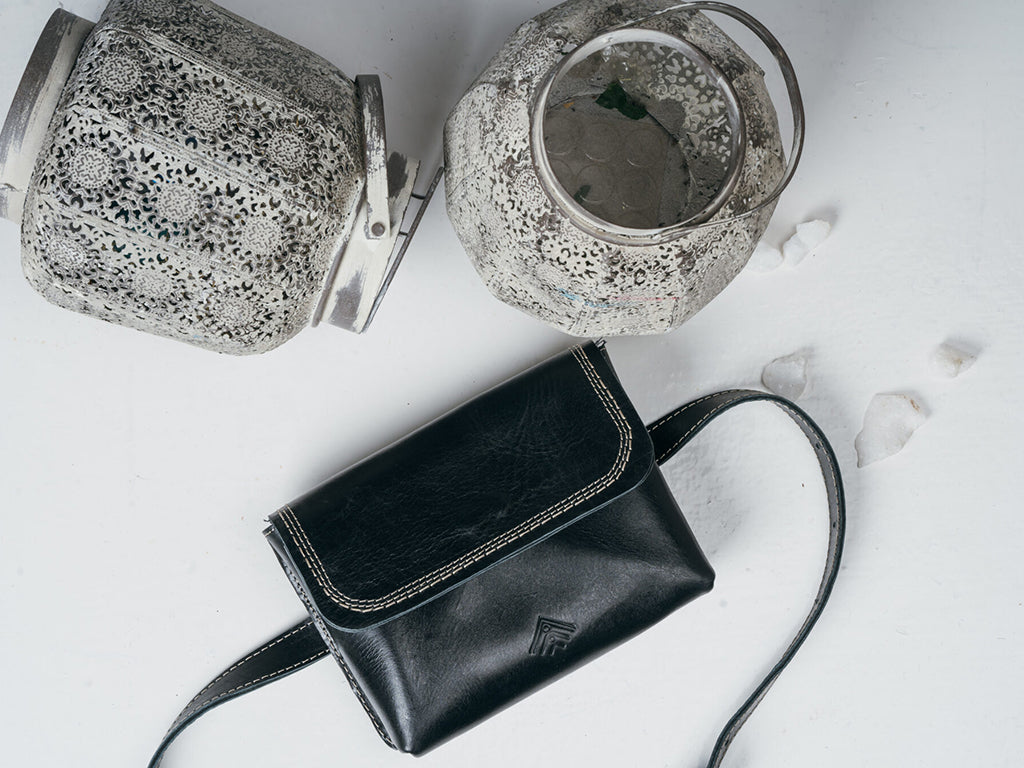About Shemma
Ethiopia fashion is known for its unique, colourful, beautifully handcrafted textiles. Ethiopian fashion dates back many centuries and is inspired by a rich history.
The garments, called Shemma are traditional artisanal handicrafts made from hand-woven cotton textiles representing different socio-culture values. They are used for clothing and household products like blankets, cushion covers, and table covers. Moreover, the Shemma material is known for its durability, cost-friendly and, most importantly, cultural value for most Ethiopians.
For example, the costumes worn at ritual ceremonies, religious and political events are hand-woven by artisans.

Fast Fashion Production in Ethiopia
Unfortunately, the emergence and growth of fast fashion on the global market is threatening handicrafts in the country. World over, fast fashion has grown over time and is taking over the fashion industry because it provides low-cost trendy items which are quickly discarded and replaced with newer styles making them disposable.
The low cost of fast fashion could be attributed to the fact that the producers of these items have access to cheap labour. According to an article published by Bloomberg Businessweek, several companies such as H&M, Levi and Guess have already shifted their manufacturing factories to Ethiopia due to cheap labour.[1]
The Trend of the Youth
For the growing young population, traditional handicrafts are fast becoming a thing of the past being replaced by trendy fashions. Many young people do not appreciate the beauty of handcrafted fabrics, leading to a decline in artisanal creativity.
Digitally printed fabrics used in fast fashion are comparatively cheaper compared to traditional hand-women materials and many consumers no longer pay attention to intricate details like embroidery. In addition, a true work of art takes days to put together, yet with fast fashion, so many pieces are produced per minute since all the production is mechanised.
What Fast Fashion Leaves Behind.
However, fast fashion leaves a significant environmental footprint, both from production and disposal. A study by the Ellen Macarthur Foundation revealed that an equivalent of one garbage truck of textiles is burnt or buried in landfill every second.[1] Furthermore, fashion accounts for 92 million tons of solid waste dumped in landfills each year.
https://ellenmacarthurfoundation.org/topics/fashion/overview
There is another Way
Kabana leather acknowledges the beauty of the work of Ethiopian artisans and appreciates the rich heritage that accompanies it. That is why rich Ethiopian colours and culture inspire our sustainably produced handbags and sandals. Artisans skillfully and carefully stitch our products because we are proud of our rich Ethiopian culture.
We share the appreciation of the market segment that values sustainable, authentic products and make products to suit their needs. Our products are made from sustainable leather, which has no synthetic finish. In addition, no harmful chemicals are used in the production process. Kabana will continue to build artisanal work to preserve Ethiopia’s cultural heritage while at the same time creating sustainable collections.

